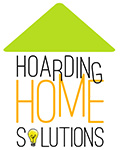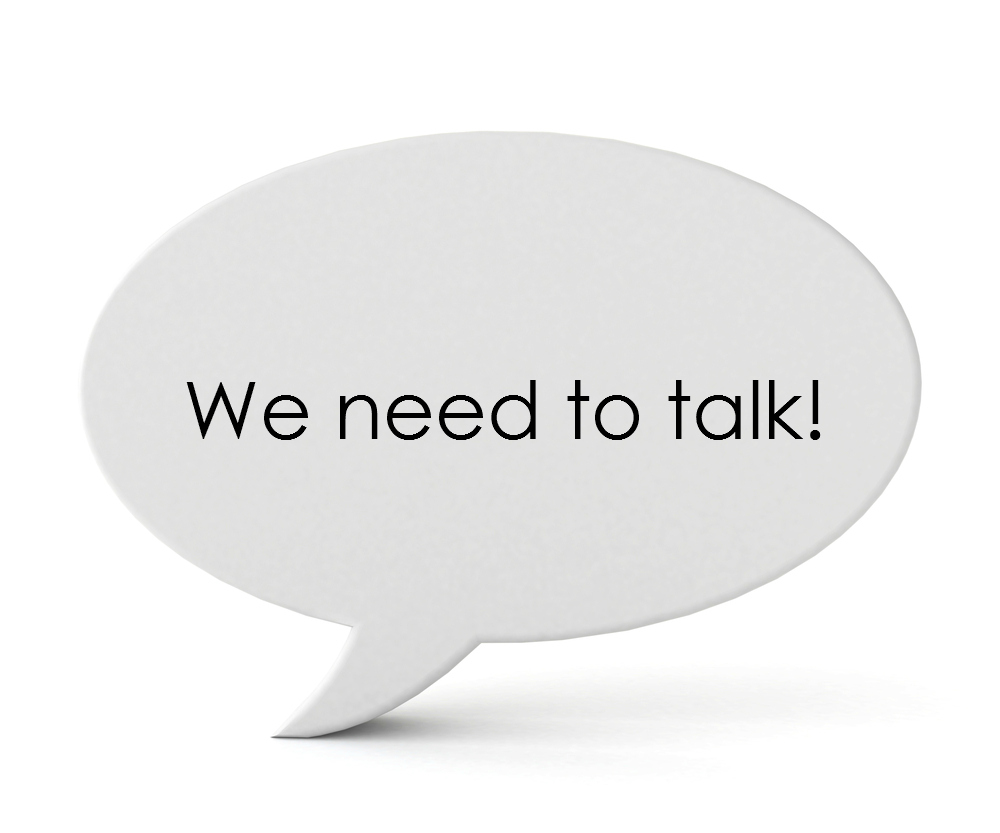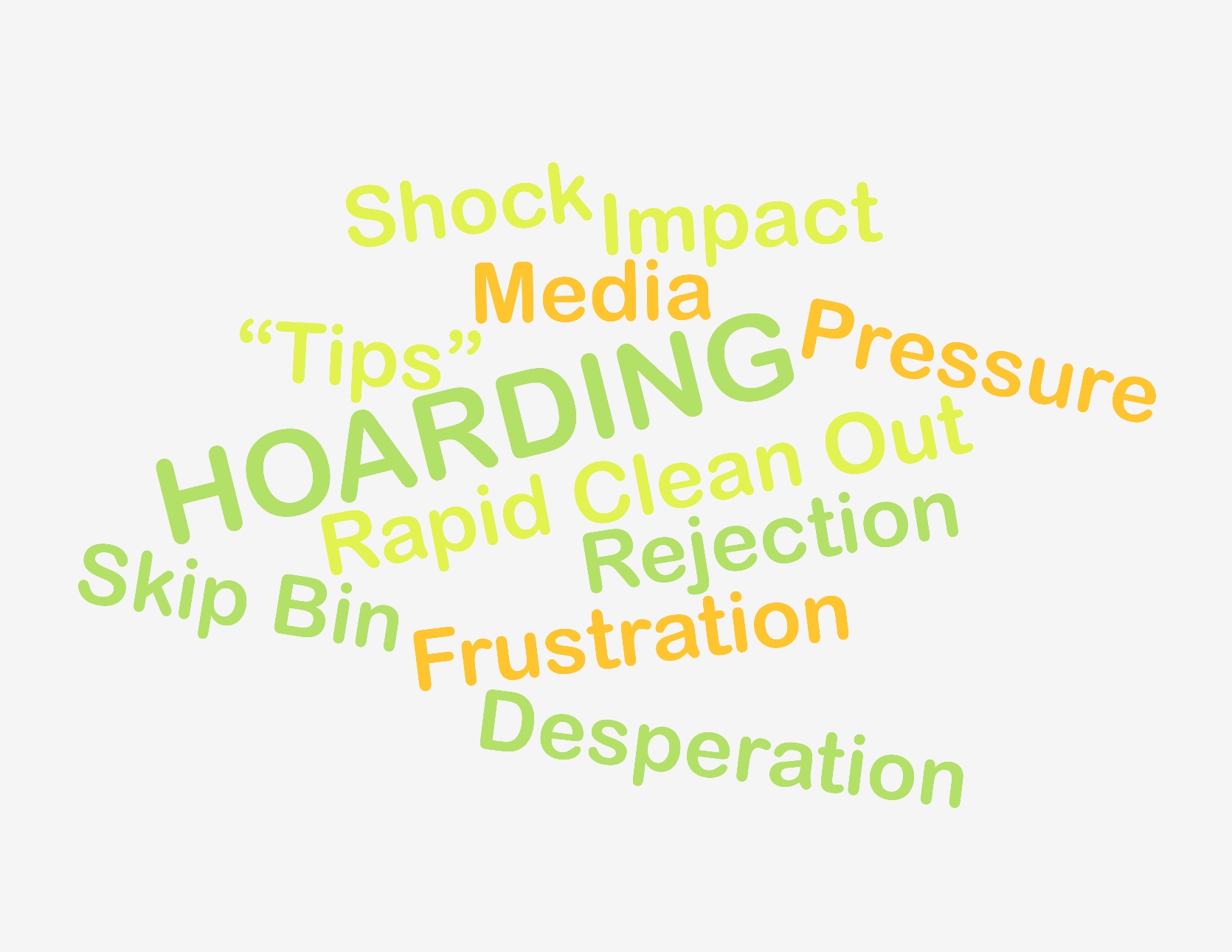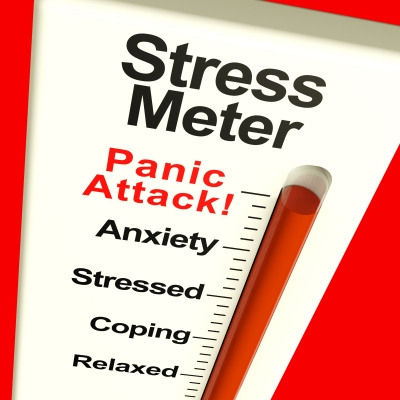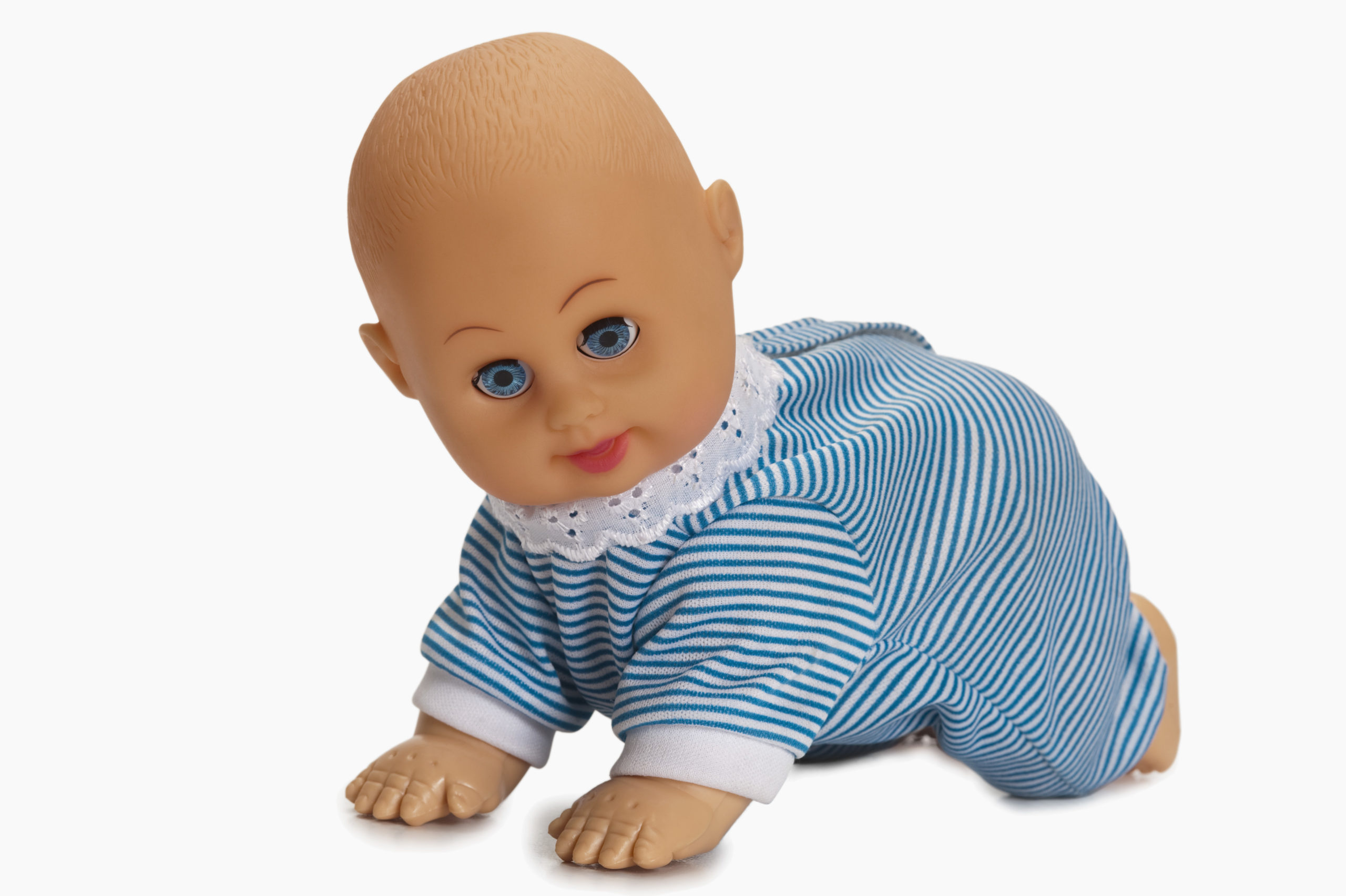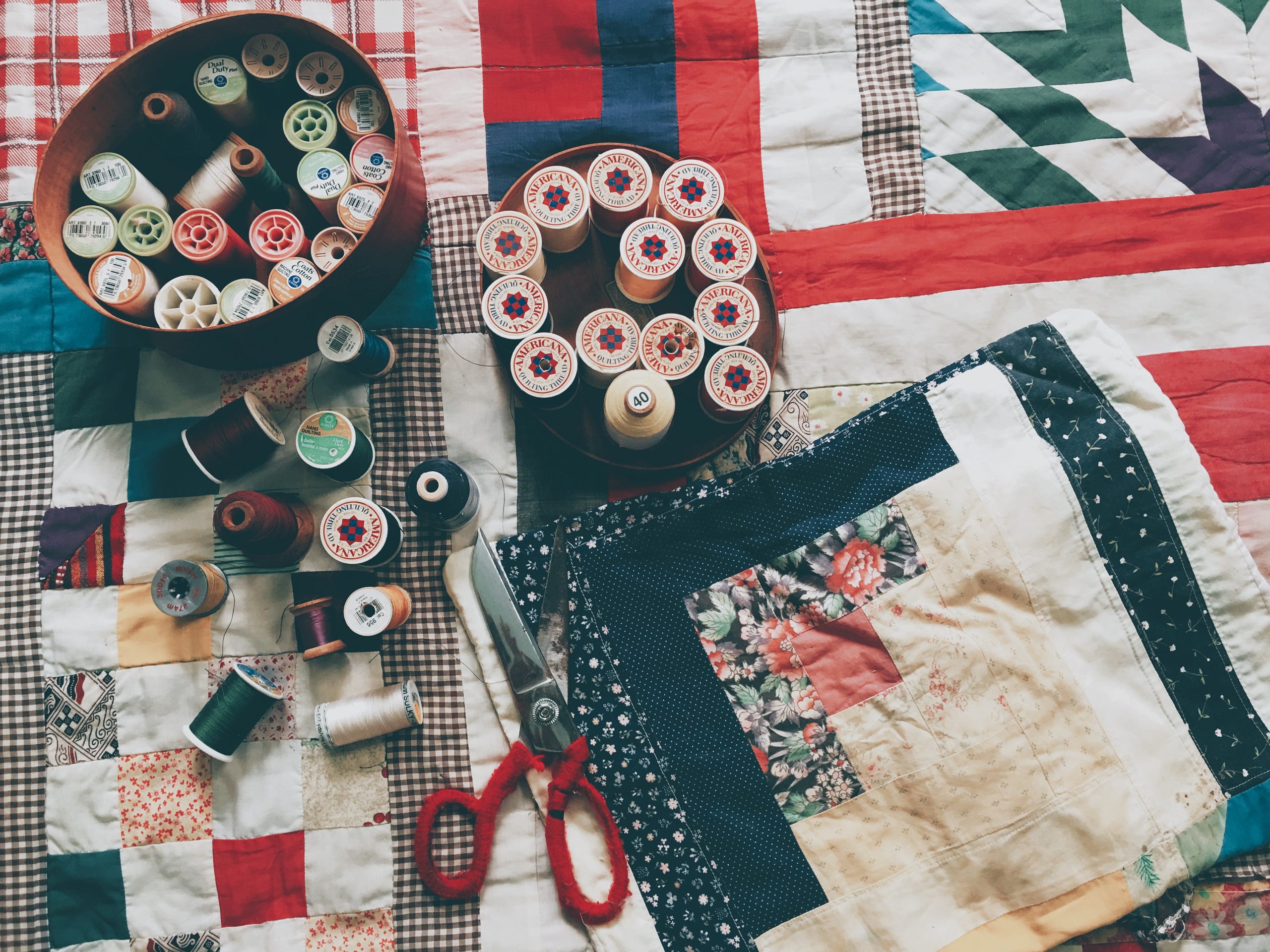A popular benefit of our group training is the live Q&A sessions. It’s always fun and helpful to bring the learning to life by brainstorming the real life hoarding challenges our students bring to the sessions. Our session this week with a local government group covered topics that people find universally challenging. While we can’t share specifics of the meeting, these are three questions that were discussed, along with the answers we gave:
Q: How do I engage my client?
A: Clients’ willingness, capacity and readiness for change will vary greatly. Assessing these and creating an appropriate plan is a significant component of our training. It is helpful in all situations though to be aware of how our communication is landing. In our desire to keep people safe it is easy to appear judgemental and punitive. It is important to remember that most of us want to feel in control of our lives and our possessions. We get our back up when people tell us what to do. Using questions like “What would a good outcome look like?” and “If you were to make a change what would the first step be” shows the client that you are there to work with them, not judge or punish them. The old saying that you catch more flies with honey than vinegar is still relevant and true.
Q: How can I tell if it’s hoarding or passive decline?
A: Hoarding is characterised by excessive acquiring, extreme distress around discarding, and clutter that becomes chaotic and prevents key spaces in the home being used appropriately and safely. By contrast, passive decline describes a slow decline into squalor, often due to diminished physical or mental capacity. It is not uncommon for someone to express concern for an elderly person’s “hoarding” when in reality they may no longer have the energy or mobility to maintain the home in an appropriate condition. It is important to understand why a space has become cluttered so that the person can be appropriately supported. For example, a person experiencing passive decline may benefit from targeted home help. A person challenged by hoarding may need a more comprehensive and collaborative support plan.
Q: What is acceptable? My colleague wants to hold clients to a higher standard than I think is appropriate.
A: Our personal standards vary, and we need to check them at the door in our client work. Using assessment tools such as the ICD Clutter-Hoarding Scale (CHS) helps all parties agree on the severity of a situation based on clearly defined parameters. It can help identify specific problems that need to be addressed and agree realistic and clearly defined goals. Saying a kitchen is “filthy and disgusting” is ambiguous, disrespectful, and unhelpful. Saying, “the kitchen is a Level III in the CHS because food preparation surfaces are heavily soiled, dishes are dirty and there is evidence of a cockroach infestation” allows for a professional discussion of how to move forward.
Have you got questions about real life hoarding challenges? Contact us about group training or post your questions on our Facebook page for discussion.
